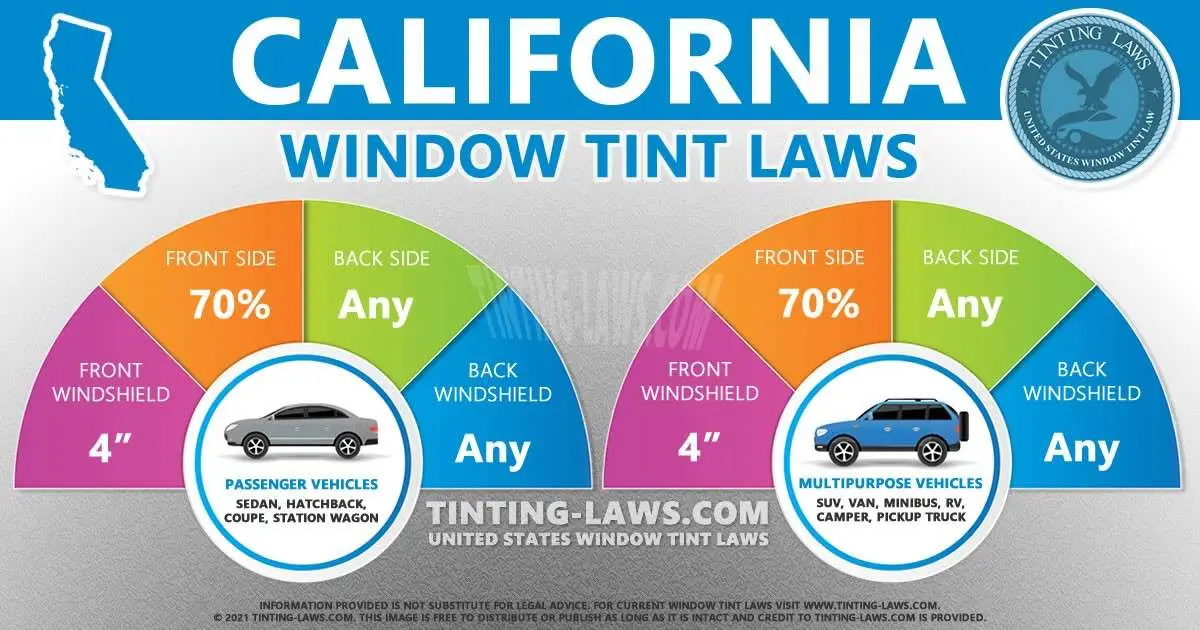Window tinting has become a popular automotive customization choice, providing a sleek aesthetic and enhanced privacy for drivers. However, before you decide to tint your car windows in California, it’s crucial to understand the state’s regulations surrounding window tint. Today we’ll delve into the specifics of California’s window tint laws to ensure you make an informed decision for your vehicle.
The Basics of Window Tinting
Window tinting involves applying a thin film to the interior of car windows to reduce glare, heat, and UV radiation. While it offers numerous benefits, it’s essential to adhere to state laws to avoid penalties and ensure road safety.
California’s Window Tint Laws
California has established clear guidelines regarding the permissible darkness of window tint on various vehicle windows. The key regulations include:
- Windshield Tint: California law prohibits any tint on the windshield, except for a strip along the top that does not extend below the manufacturer’s AS-1 line.
- Front Side Windows: The law allows tinting on the front side windows, but it must allow at least 70% of light to pass through.
- Back Side Windows and Rear Window: Tinting is more lenient for the back side windows and the rear window. These windows can have any darkness of tint, as long as the vehicle has outside mirrors on both sides.
- Reflectivity: California law also regulates the reflectivity of window tint. Front side windows cannot have more than 35% reflective tint, while back side windows and the rear window are unrestricted.
- Medical Exemptions: Drivers with a medical condition that requires protection from sunlight may be eligible for a medical exemption allowing darker window tint. However, this requires proper documentation and approval from the California Department of Motor Vehicles (DMV).
Penalties for Violating Window Tint Laws
Failure to comply with California’s window tint laws can result in fines and citations. Law enforcement officers may issue fix-it tickets, requiring drivers to remove or adjust the tint to meet legal standards.
Before investing in window tint for your vehicle in California, take the time to familiarize yourself with the state’s regulations. If you have specific medical needs, explore the possibility of obtaining a medical exemption to enjoy the benefits of window tint without legal repercussions. Remember, knowledge is key when navigating the shades of California’s window tint laws.

